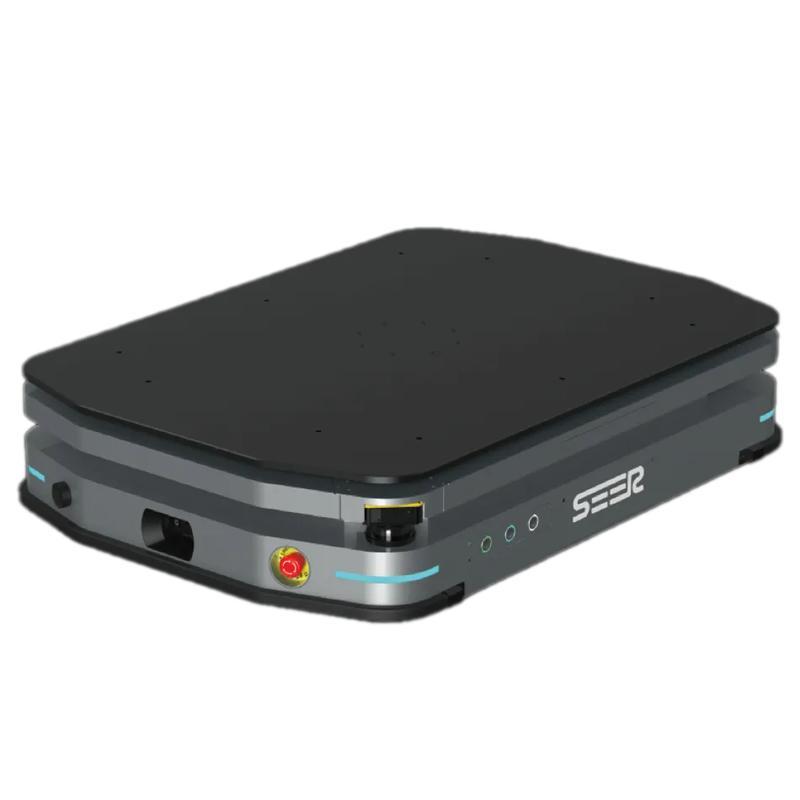- Product
- Suppliers
- Manufacturers
- Solutions
- Free tools
- Knowledges
- Experts
- Communities
Search
-
Δωρεάν εργαλεία
-
IEE Business προσφέρει ελεύθερα εργαλεία με τεχνητή νοημοσύνη για σχεδίαση ηλεκτρολογικών εγκαταστάσεων και προϋπολογισμό αγοράς ενέργειας εισάγετε τους παραμέτρους σας πατήστε υπολογισμό και λάβετε άμεσα αποτελέσματα για μετατροπείς καλωδιακά δίκτυα κινητήρες κόστος εξοπλισμού και περισσότερα εμπιστευμένα από μηχανικούς σε ολόκληρο τον κόσμο
-
-
Υποστήριξη
-
IEE-Business υποστηρίζει πρωτοπόρους λύσεις επιχειρήσεις και εμπειρογνώμονες δημιουργώντας μια πλατφόρμα όπου η καινοτομία συναντά την αξίαΕξαιρετικές τεχνικές γνώσειςΣυμμετοχή και κοινοποίηση τεχνικών γνώσεων για απόδοση από χορηγούςΑξιοπρεπείς Επιχειρηματικές ΛύσειςΣυμμετοχή και δημιουργία επιχειρηματικών λύσεων για κέρδος από συνδρομητέςΕξαιρετικοί Ιδιώτες ΕμπειρογνώμονεςΠαρουσιάστε το ταλέντο σας στους χορηγούς, κερδίστε το μέλλον σας
-
-
Λήψη
Κατέβασμα
-
-
Λήψη της Εφαρμογής IEE-BusinessΧρησιμοποιήστε την εφαρμογή IEE-Business για εύρεση εξοπλισμού λύσεις παροχής σύνδεση με ειδικούς και συμμετοχή σε βιομηχανική συνεργασία οπουδήποτε και πάντα υποστηρίζοντας απολύτως την ανάπτυξη των ηλεκτροενεργειακών έργων και δραστηριοτήτων σας
-
-
-
-
Συνεργασία
Σύντροφος
-
-
Συμμετοχή στο Πρόγραμμα Συνεργατών IEE-BusinessΕνίσχυση της Ανάπτυξης του Επιχειρηματικού Τομέα -- Από Τεχνικά Εργαλεία σε Παγκόσμια Επιχειρηματική Επέκταση
-
-
-
Ελληνικά
-
- English
- Afrikaans
- العربية
- Azərbaycan dili
- български
- বাংলা
- Català
- Cebuano
- čeština
- Dansk
- Deutsch
- Ελληνικά
- Esperanto
- Español
- Eesti keel
- Euskara
- دری
- فارسی
- suomi
- Filipino
- français
- Gaeilge
- Galego
- Hausa
- עברית
- हिन्दी
- Hrvatski
- magyar nyelv
- հայերեն
- Bahasa Indonesia
- Íslenska
- Italiano
- 日本語
- ქართული
- Қазақ тілі
- ಕನ್ನಡ
- 한국어
- Kurdî
- Latina
- Latviešu valoda
- македонски јазик
- Bahasa Melayu
- Malti
- नेपाली
- Nederlands
- Norsk
- ਪੰਜਾਬੀ
- polski
- پښتو
- Português
- Русский язык
- සිංහල语
- Slovenščina
- српски језик
- Svenska
- Kiswahili
- தமிழ்
- తెలుగు
- ไทย
- Tagalog
- Türkçe
- українська мова
- اردو
- Oʻzbek tili
- Tiếng Việt
-
Αξιοπρεπείς Επιχειρηματικές Λύσεις
-
Ελληνικά
-
- English
- Afrikaans
- العربية
- Azərbaycan dili
- български
- বাংলা
- Català
- Cebuano
- čeština
- Dansk
- Deutsch
- Ελληνικά
- Esperanto
- Español
- Eesti keel
- Euskara
- دری
- فارسی
- suomi
- Filipino
- français
- Gaeilge
- Galego
- Hausa
- עברית
- हिन्दी
- Hrvatski
- magyar nyelv
- հայերեն
- Bahasa Indonesia
- Íslenska
- Italiano
- 日本語
- ქართული
- Қазақ тілі
- ಕನ್ನಡ
- 한국어
- Kurdî
- Latina
- Latviešu valoda
- македонски јазик
- Bahasa Melayu
- Malti
- नेपाली
- Nederlands
- Norsk
- ਪੰਜਾਬੀ
- polski
- پښتو
- Português
- Русский язык
- සිංහල语
- Slovenščina
- српски језик
- Svenska
- Kiswahili
- தமிழ்
- తెలుగు
- ไทย
- Tagalog
- Türkçe
- українська мова
- اردو
- Oʻzbek tili
- Tiếng Việt
-
Δωρεάν Ηλεκτρολογικοί Υπολογιστές
Αξιοπρεπείς Επιχειρηματικές Λύσεις






















